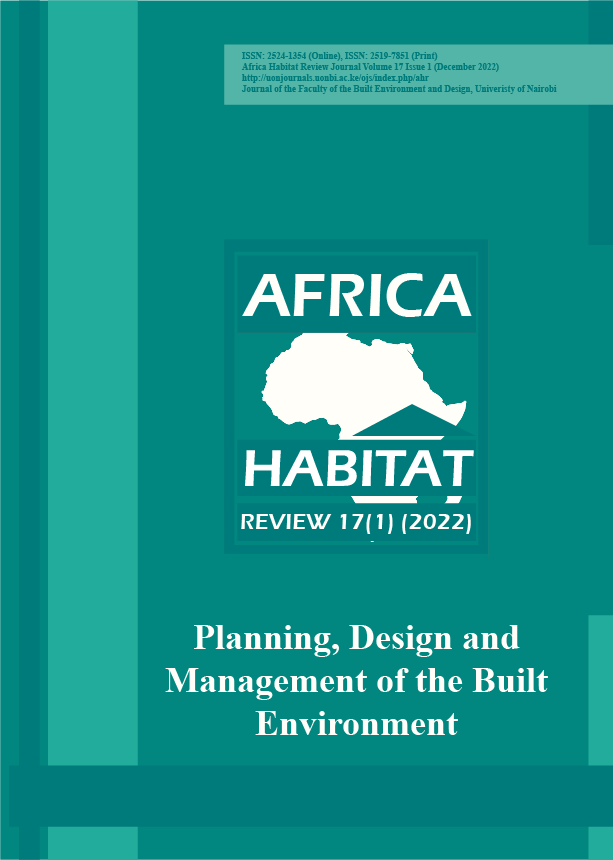Planning For Agro-Industries in Kinangop Sub-County, Nyandarua County – Kenya
Abstract
Agro-industries catalyse rural development in areas with abundant agricultural raw materials, making these industries popular in poverty reduction. These industries create demand for inputs in the farm from other sectors, requiring deliberate planning, but it is not always the case, even in countries that have devolved planning functions. The "Nyandarua District Integrated Regional Plan (NDIRP)" and "Nyandarua County Integrated Regional Plan (NCIRP) 2, 2018-2022" were inventoried for data on planning for agro-industries in Kinangop sub-county. The District Integrated Plan and the County Integrated Plan had 15 and 29 agro-industrial planning interventions in five areas of action planning, respectively. The planning interventions in the district-integrated plan were disaggregated to the sub-county around four regional strategies and the five areas of action planning. This makes the plan more resourceful in planning for agro-industries compared to the County Integrated Plan. Data on social characteristics, agricultural production, and marketing and data on the location and sighting of six agro-industries were inventoried from a study report on planning for agro-industries in the sub-county. Over 80% of respondents grow potatoes, cabbages, carrots, maize, and snow peas; and rear dairy cows to produce milk for their own consumption and surplus for the market. Myriad challenges, including exploitation by middlemen and lack of appropriate land sites for agro-industries, undermine the agricultural production efforts of the farmers and the development of agro-industries. The article recommends planning for agro-industries that disaggregates strategies and areas of action planning to sub-county level or below to address location and site accessibility needs of agro-industries as a norm of territorial rural development.


